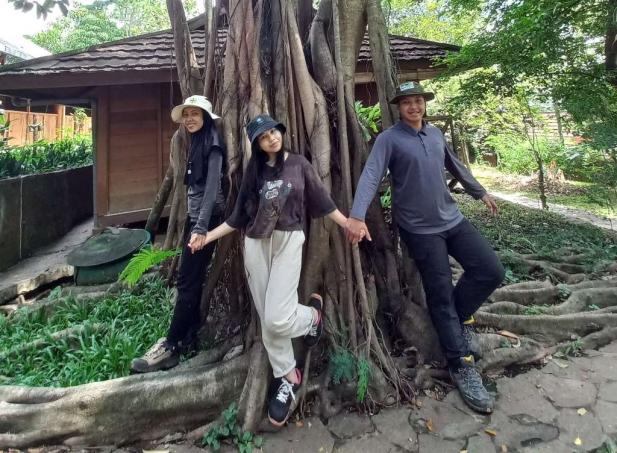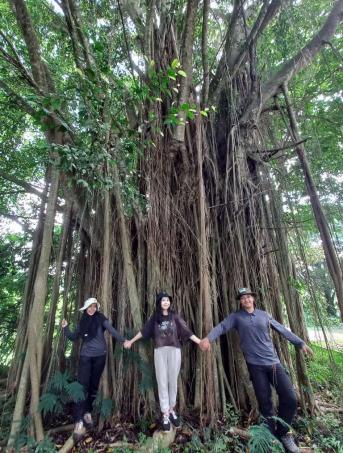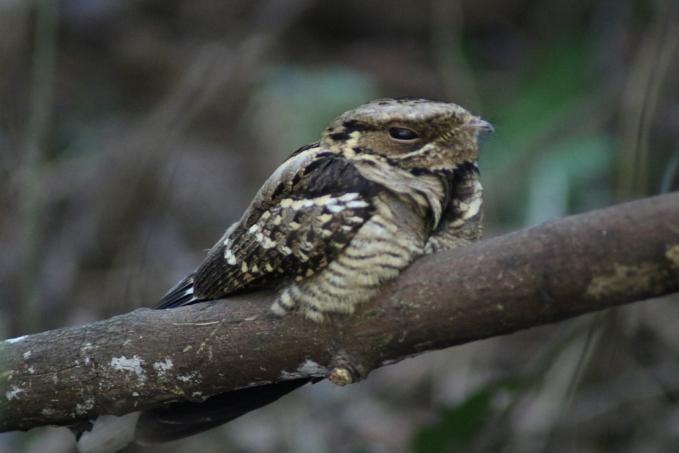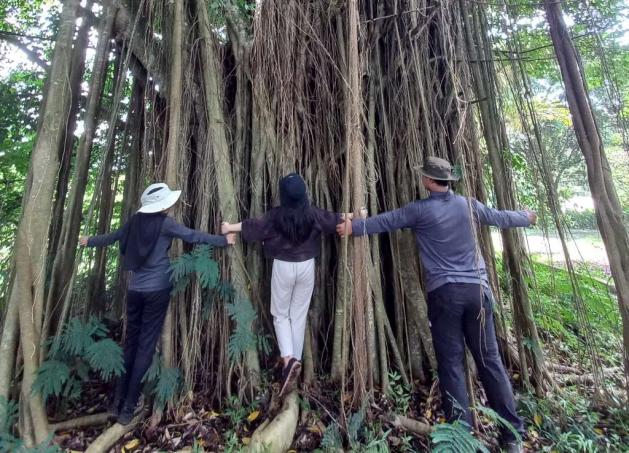The P-WEC Forest: A Prime Example of Successfully Cultivating a Forest with Hundreds of Tree Species
From a once unproductive arid hill, the P-WEC Forest (Petungsewu Wildlife Education Center) has transformed into an expanse adorned with hundreds of tree species. The tree-planting initiative on approximately 5 hectares of land began in 2002, led by PROFAUNA Indonesia and Petungsewu Adventure. The continuous efforts in tree planting and maintenance have resulted in the P-WEC area now flourishing as a forest boasting no fewer than 137 tree species.
Among the hundreds of tree species, 11 of them belong to the fig family, Moraceae. These include Banyan (Ficus benjamina), Awara (Ficus septica), Keluwing (Ficus hypsida), Lo (Ficus racemosa), Fig (Ficus carica), Rubber tree (Ficus elastic), Benying (Ficus fistulosa), Ipik (Ficus retusa), and Banyan (Ficus kurzii). Trees from the fig family serve as habitats for various species of birds and squirrels, while also providing shade in the P-WEC forest.
The Fabaceae family also plays a dominant role in the P-WEC forest, comprising approximately 17 species. Among the species within the Fabaceae family are Tamarind (Tamarindus indica), Petai (Parkia speciosa), Moringa (Moringa oleifera), Gamal (Glyricidia sepium), Kedawung (Parkia timoriana), Rain Tree (Samanea saman), Sono Keling (Dalbergia latifolia), Sengon (Paraserianthes falcataria), Johar (Senna spectabilis), and others.
In addition to the tree categories, the P-WEC forest also hosts 10 palm species, 23 shrubs, and 7 bamboo species. The diversity of these plants contributes to P-WEC being a habitat for more than 40 bird species.
The bird species found in the P-WEC forest include the Black Eagle (Ictinaetus malayensis), Crested Serpent Eagle (Spilornis cheela), Common Iora (Aegithina tiphia), Indigo-banded Kingfisher (Halcyon cyanoventris), White-throated Kingfisher (Todirhampus chloris), Glossy Swiftlet (Collocalia inchi), Black-naped Oriole (Lalage nigra), Flame Minivet (Pericrocotus flammeus), Small Minivet (Pericrocotus cinnamomeus), Philippine Nightjar (Caprimulgus macrurus), Javan Coucal (Centropus nigrorufus), Channel-billed Cuckoo (Chrysococcyx basalis), Plaintive Cuckoo (Cacomantis merulinus), Asian Koel (Eudynamys scolopaceus), and others.
"The diversity of tree and bird species in the P-WEC forest serves as evidence that the restoration of an area into a forest is not a mere dream but can be realized with determination, hard work, and tree care," said Rosek Nursahid, the founder of the PROFAUNA Indonesia Foundation.
In addition to serving as a habitat for various bird species, the P-WEC forest is also home to several mammal species, including the leopard cat (Prionailurus bengalensis), squirrel (Callosciurus notatus), civet (Paradoxurus hermaphroditus), and mongoose (Herpestes javanicus).
The diversity of tree species and wildlife makes the P-WEC Forest an ideal location for outdoor activities, nature education, or meetings. With comprehensive facilities including accommodations, a restaurant, and a meeting hall, P-WEC is an attractive choice for a variety of events.
"In addition to being suitable for gatherings or meetings, the P-WEC forest is an ideal place for learning about vegetation identification, nature conservation education, and bird watching. It serves as a reasonably priced center for environmental conservation education," said Nada Prinia, Chairperson of PROFAUNA Indonesia.
Rosek Nursahid, the founder of PROFAUNA and an ecologist, added, "The most crucial aspect of greening programs or reforestation is the care of the planted trees. It is not just about the enthusiasm during the planting ceremony; rather, it is about the ongoing maintenance of the trees. Without proper care, many of the planted trees may ultimately perish."
Related Link:




